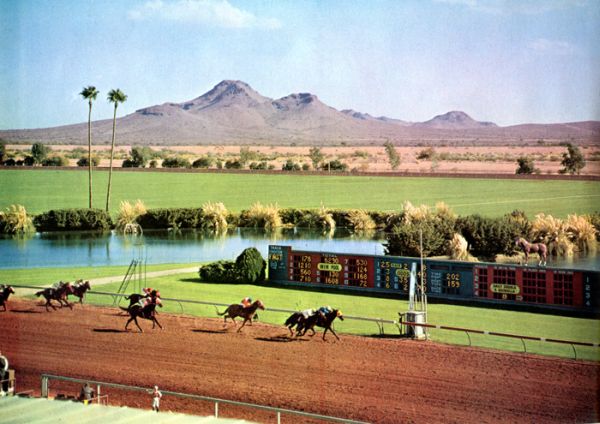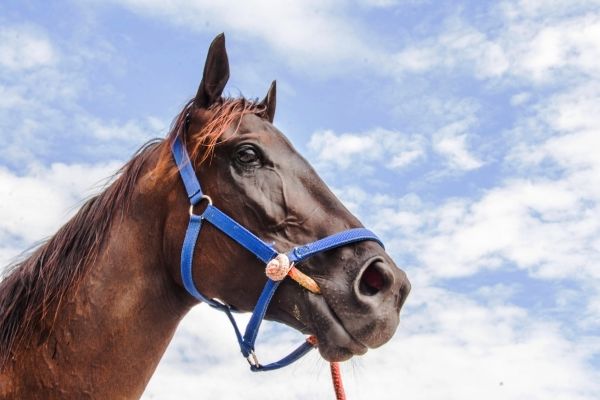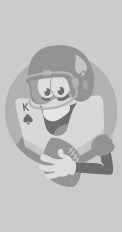
There are few things more beautiful than watching a thoroughbred race horse in full stride.
Well, maybe a few. A view of a young Bridgette Bardot, Sophia Loren or some other nubile young starlet off stage or screen bathing beneath a rainbow waterfall in a blue lagoon may top it. But not by much.

As a former saddle bronc rider in weekend rodeos in Arizona and New Mexico, I have ridden some fast horses None of them was as fast as Rincon, a red roan with a light colored mane that I almost bought one sunny day in Tucson, AZ. I say 'almost' because I got there too late with the money and lost that incredible horse to another buyer.
When I lived in Phoenix and worked as a reporter for a daily newspaper, I spent many of my days off at Turf Paradise, a thoroughbred race track about 10 miles north of the downtown area.
There I met an attractive blond horse trainer. Bonnie Ledbetter was married to a Phoenix accountant. She was a friend of famed horse handicapper-author Tom Ainslie and she loved horses. Make that 'adored.' With Bonnie, love wasn't a strong enough word.
Bonnie trained horses for several thoroughbred owners at the track. When we met, she was putting the finishing touches to a book she had co-authored with Ainslie. The book is titled 'The Body Language of Horses.' If you bet on the ponies, you'd best get yourself a copy of Bonnie's book. Whatever it costs you on-line or in a used book store, it's worth the price.
Ray Odom who owned KHAT Radio, a country western station in Phoenix -- he also owned several race horses -- introduced me to Bonnie.
'This girl has written a book that's going to be a best-seller,' he said. 'Write a story about her and make it a good one.'
Bonnie blushed. She was pure country, as pure as a fresh rain on a desert morning. We became instant friends.
Somehow I got an advance copy of her book from the publisher. I was doing some freelance writing for People Magazine -- they called me the magazine's Arizona Correspondent -- and was able to talk my managing editor Hal Wingo into letting me do a profile on Bonnie and review her book.
'Why did you write this book, Bonnie?,' I asked.
'To help people, especially horse owners, realize that their horses have feelings,' she said. 'I didn't write it to help handicappers pick out the winners in a race, although the information in the book can certainly help them accomplish that.'
Tom Ainslie came by, a racing form tucked under his arm. Bonnie introduced us.
Ainslie said, 'Did she tell you how she conned me into writing the book with her?,' he said.
'I was just about to do that,' said Bonnie. 'You got here too soon.'
Ainslie grinned. 'We were at the track talking about horses and body language. The handlers were leading the horses out for a race. Bonnie studied them and said, 'That number four horse is ready to run the race of his life. Excuse me. I'm gonna make a $2 bet on him.'
'Well,' continued Ainslie, 'I checked my racing form. Then I turned to her and said, 'Bonnie, the reason that horse looks good is because he's an eater, not a runner. He hasn't done anything notable and his works are average. She just smiled and made her bet on a 20-1 horse. I completed my handicapping and wagered on another horse that was something like 3-1.
'Bonnie's selection won by four lengths. My horse finished third. That's when I decided this gal knew something I didn't know. It's the first time I ever shared the by-line on a horse handicapping book with another person. I am thrilled and honored that it's Bonnie Ledbetter.'
Here are a few pointers Bonnie gave in her book that indicate a horse is in top condition and ready to run a winning race.
A sharp horse may be covered with sweat or look sleek. It could be dancing, wheeling, but above all, the horse looks healthy and brimming with vigor.
Its coat can be shining in luxury or appear dapple. The mane and tail gleam with health. The horse is neither fat nor bony. It's just all horse.
The rear muscles and haunch seem to ripple.

When it prances, it is on its toes. The neck is arched, the head can be tucked down so low that it nearly touches its chest. The ears are pricked forward, alert to everything that is going on around it, whether it be the noise of the crowd or the jockey whispering something while rubbing its neck.
A sharp horse will not be quiet in the stall when it is being saddled. It shows off. The animal seems to be full of itself and loaded with confidence, just like an athlete preparing for a marathon.
When warming up, the horse's neck is arched, its ears are pricked, the head is full forward. While you can find a sharp horse in almost any race, they are especially visible in maiden races or races for two-year-olds.
I wrote the story on Bonnie Ledbetter, Tom Ainslie and 'The Body Language of Horses' for People Magazine. After the article appeared, Bonnie sent me a wonderful letter thanking me.
'Your article probably helped me sell another 20,000 copies of the book,' she wrote. 'I really appreciate it.'
I thought her book was going to be just one of a series of books about horses that Bonnie would write. It didn't happen. Not long after her book was published, Bonnie was stricken with leukemia. Despite valiant efforts by doctors to save her, she died tragically young.
Get a copy of her book. You'll thank me for recommending it. And you might want to say a prayer thanking Bonnie for writing it.
Author: Geno Lawrenzi Jr.
Your feedback
Please enter your comment.
Your comment is added.




